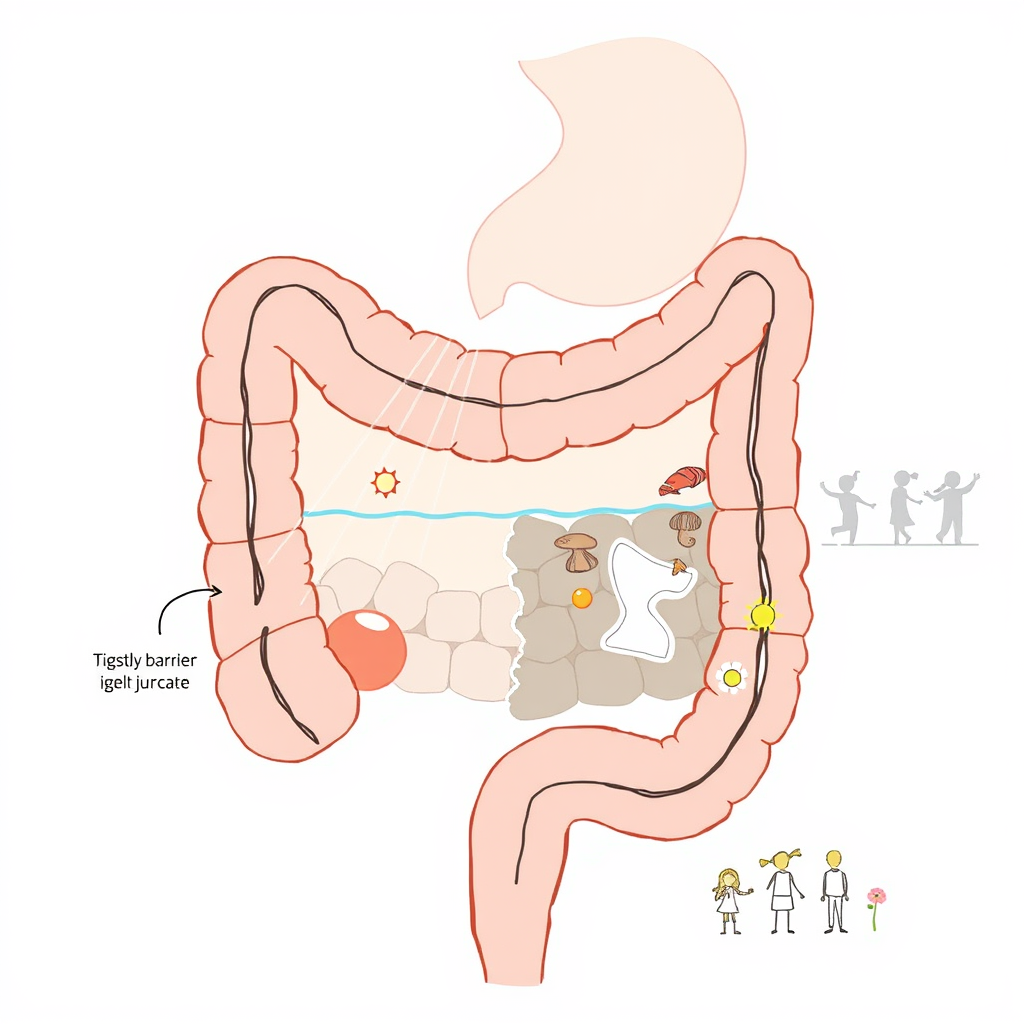Vitamin D: Beyond Bones, Seals Your Gut!

Vitamin D’s importance extends far beyond strong bones and teeth, playing a crucial role in maintaining gut health, according to new research from Florida International University. A study examining children and adolescents in South Florida revealed a surprisingly high rate of vitamin D deficiency – 68% of participants exhibited suboptimal levels – despite the region’s abundant sunshine. This finding underscores a potentially widespread health concern, particularly as vitamin D deficiency can have implications beyond skeletal health.
The research, part of the ongoing MetA-Bone Trial investigating bone mass and gut health in young people, highlights the vitamin’s multifaceted role in the body. Vitamin D receptors are present in various organs, including the gut, where they facilitate calcium absorption and strengthen the intestinal barrier. This barrier, composed of intestinal cells and “tight junctions,” acts as a gatekeeper, allowing nutrient absorption while preventing harmful bacteria from entering the bloodstream.
The study demonstrated a clear link between vitamin D levels and the integrity of this intestinal barrier. Children with insufficient vitamin D exhibited a higher risk of a compromised barrier, potentially leading to inflammation and increasing susceptibility to chronic diseases like liver disease, Type 1 diabetes, obesity, and gastrointestinal disorders. Even in healthy children, suboptimal vitamin D levels appeared to compromise gut health, raising concerns about long-term health risks.
While vitamin D is obtainable through diet – fatty fish, egg yolks, mushrooms, and fortified foods are good sources – and supplements, the primary source for most Americans is sun exposure. However, the amount of sun exposure needed varies based on skin pigmentation, with individuals with darker skin requiring more exposure to produce adequate vitamin D. Clinicians generally recommend obtaining vitamin D through diet and beverages, as excessive ultraviolet radiation poses a skin cancer risk. The recommended daily allowance is 600 IU, with an upper limit of 4,000 IU.
The prevalence of vitamin D deficiency in the US, affecting roughly 15.4% of children and adolescents in 2017, remains a concern, particularly among teenagers and those with darker skin. This research reinforces the importance of addressing vitamin D deficiency not just for bone health, but as a critical component of overall health and disease prevention. The findings from FIU suggest a need for increased awareness and proactive measures to ensure adequate vitamin D intake, especially during childhood and adolescence, to support healthy development and potentially mitigate the risk of chronic diseases later in life. It’s clear vitamin D is far more than just a bone-building nutrient; it’s a vital regulator of gut health and a cornerstone of overall well-being.